Aseparability-basedapproachtoquantifyinggeneralization:whichlayerisbest?
Generalization to unseen data remains poorly understood for deep learning classification and foundation models. How can one assess the ability of networks to adapt to new or extended versions of their input space in the spirit of few-shot learning, out-of-distribution generalization, and domain adaptation? Which layers of a network are likely to generalize best? We provide a new method for evaluating the capacity of networks to represent a sampled domain, regardless of whether the network has been trained on all classes in the domain. Our approach is the following: after fine-tuning state-of-the-art pre-trained models for visual classification on a particular domain, we assess their performance on data from related but distinct variations in that domain. Generalization power is quantified as a function of the latent embeddings of unseen data from intermediate layers for both unsupervised and supervised settings. Working throughout all stages of the network, we find that (i) high classification accuracy does not imply high generalizability; and (ii) deeper layers in a model do not always generalize the best, which has implications for pruning. Since the trends observed across datasets are largely consistent, we conclude that our approach reveals (a function of) the intrinsic capacity of the different layers of a model to generalize.
相关推荐
热门文章





















